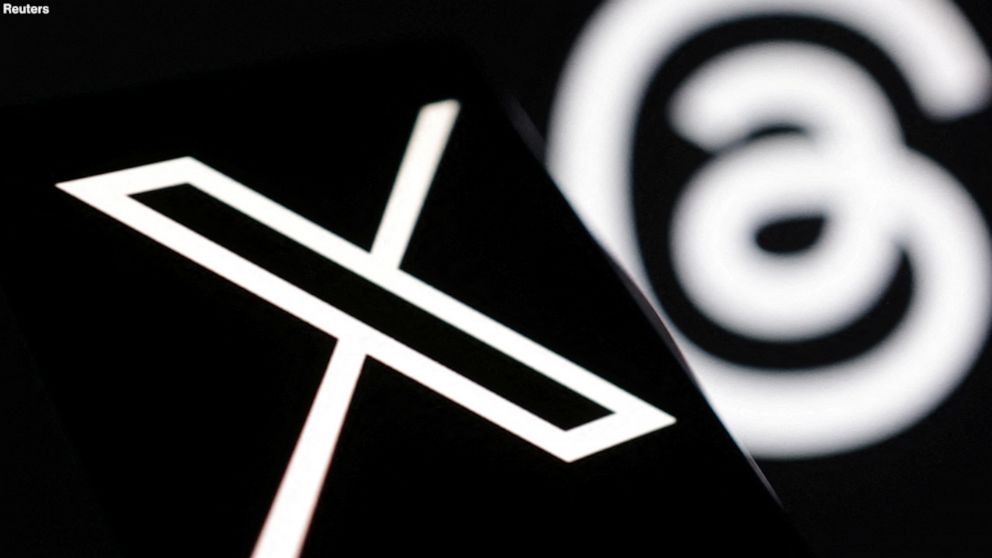ADS
A groundbreaking breakthrough has emerged in the fight against AIDS, with the potential to change the course of the epidemic. A twice-yearly injection has been developed that has shown a 100% success rate in preventing HIV infections in women, and promising results in men as well. This new medication, known as Lenacapavir and commercialized as Sunlenca, has the potential to revolutionize the way we approach HIV prevention and treatment.
Gilead, the pharmaceutical company responsible for the development of Sunlenca, has committed to providing inexpensive generic versions of the medication to 120 poor nations with high HIV prevalence, particularly in regions such as Africa, Southeast Asia, and the Caribbean. However, there are concerns that many regions, particularly in Latin America, are being overlooked in this distribution plan. While rates of HIV in Latin America may be lower than in other regions, they are on the rise, and it is crucial that these countries have access to this life-saving medication.
UNAIDS Executive Director, Winnie Byanyima, has emphasized the importance of making Sunlenca available to at-risk populations in order to end the AIDS epidemic once and for all. She has praised Gilead for their work in developing this medication and has called for its widespread distribution to ensure that no one is left behind in the fight against HIV.
The success of Sunlenca lies in its convenience and effectiveness, particularly for disadvantaged populations such as homosexual men, sex workers, and young women who may face barriers to accessing traditional prevention methods. By requiring only bi-annual injections, Sunlenca offers a simple and effective solution to HIV prevention that could be life-changing for many individuals.
In Latin America, where stigma and discrimination continue to pose challenges for those living with HIV, the availability of Sunlenca could be a game-changer. Participants in the clinical trials have reported feeling more at ease with receiving the injections compared to other preventive methods, highlighting the potential impact of this medication on populations who may be hesitant to seek care.
While the potential benefits of Sunlenca are clear, there are challenges to ensuring that everyone who needs it has access to this groundbreaking medication. Cost barriers, regulatory obstacles, and distribution challenges all pose potential roadblocks to widespread availability of Sunlenca. It is essential that governments, pharmaceutical companies, and advocacy groups work together to overcome these obstacles and ensure that Sunlenca reaches all those who could benefit from it.
The global response to the AIDS epidemic has reached a critical juncture, with the potential to end the disease within reach. The development of Sunlenca represents a major step forward in our fight against HIV and AIDS, but it will only be effective if it reaches those who need it most. By prioritizing the distribution of Sunlenca to all regions affected by the epidemic, we can take a significant step towards ending AIDS once and for all.








